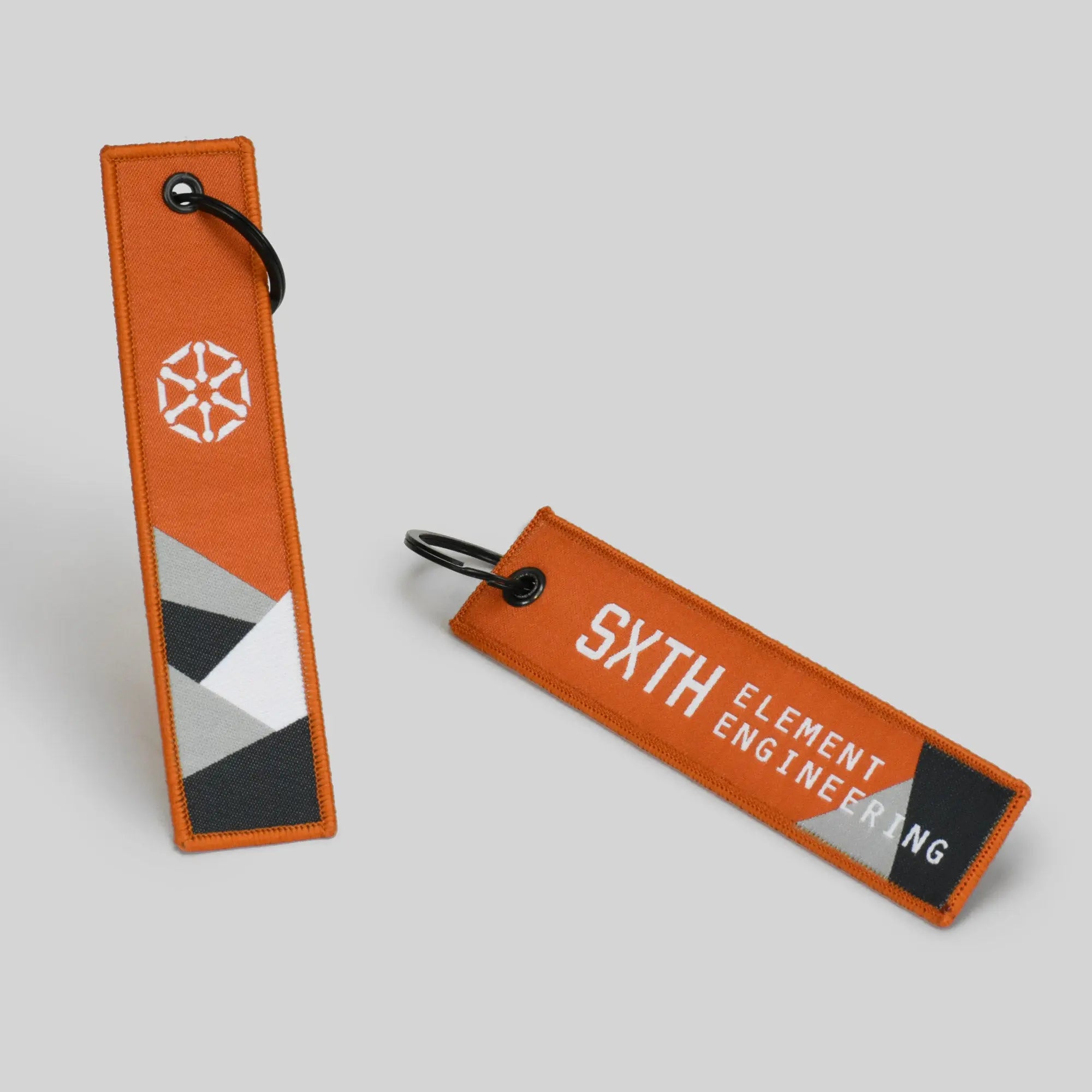Product Information
Our 4 inch jet tag is trimmed in orange and embroidered on both sides featuring the hex emblem on one side and the horizontal logo on the other with a polygonal pattern below.

Pickup currently not available
Our 4 inch jet tag is trimmed in orange and embroidered on both sides featuring the hex emblem on one side and the horizontal logo on the other with a polygonal pattern below.